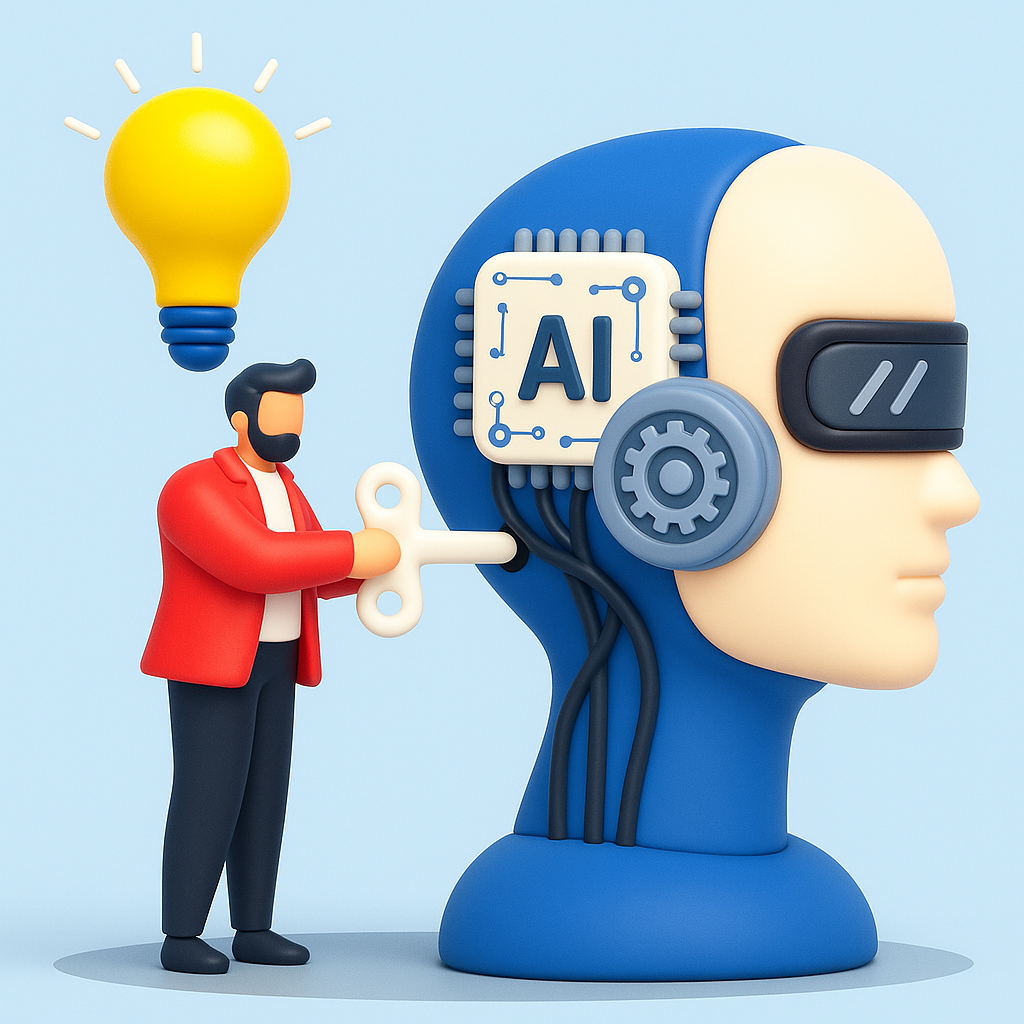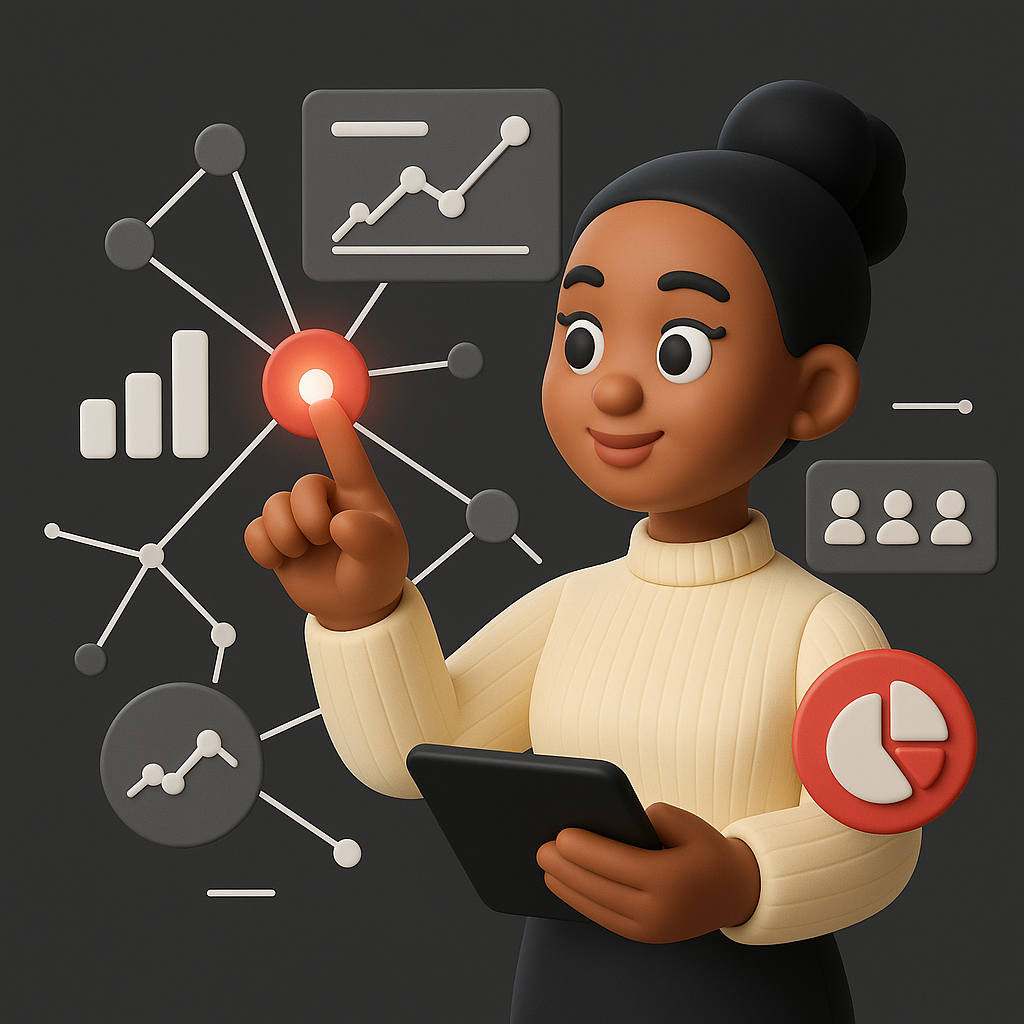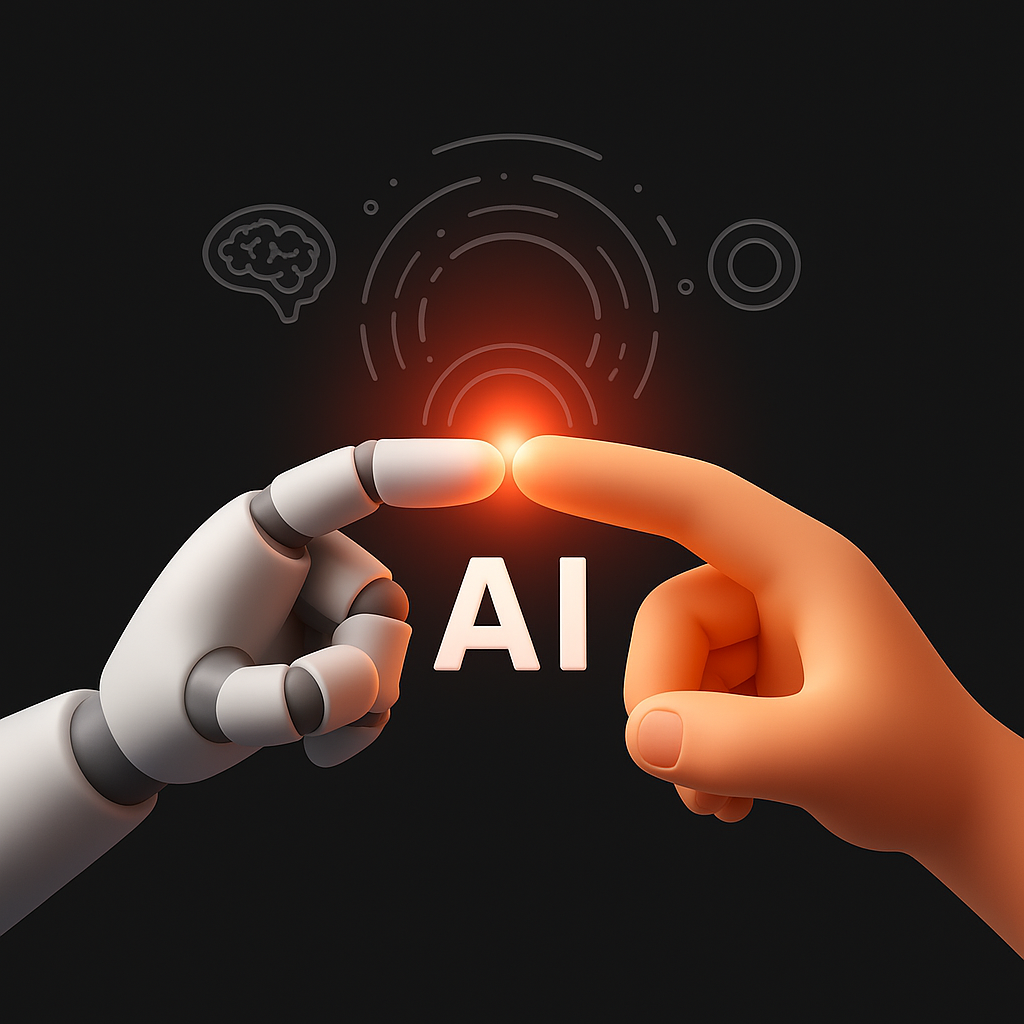LinkedIn Demand Generation in 2025: How Smart B2B Brands Are Winning Attention
In 2025, LinkedIn isn’t just a professional networking site—it’s the epicenter of B2B demand generation. With over a billion users and increasingly advanced ad tools powered by AI, LinkedIn has evolved into a full-funnel platform where brands can build awareness, nurture relationships, and convert high-value prospects.
But with so much content competing for attention, the real challenge isn’t visibility—it’s relevance. The smartest B2B brands are no longer shouting louder; they’re speaking smarter, using insights, personalization, and storytelling to win attention and trust.
Here’s how they’re doing it.
1️⃣ Audience Intelligence: Precision Over Volume
Gone are the days of broad targeting. Winning brands in 2025 use AI-driven audience segmentation to pinpoint decision-makers who are actually in-market.
Using tools like LinkedIn Predictive Audiences, 6sense, and Demandbase, marketers combine firmographic, behavioral, and intent data to identify prospects researching specific pain points.
The result?
🎯 Fewer wasted impressions and dramatically higher engagement.
2️⃣ Thought Leadership That Feels Human
On LinkedIn, people follow people—not logos.
B2B companies are shifting from faceless brand posts to authentic, human-led storytelling.
Executives, founders, and subject-matter experts are becoming micro-influencers who share insights, lessons, and real stories—not sales pitches.
Posts that perform best in 2025 are:
• Opinion-driven (“Here’s what no one tells you about scaling AI in B2B...”)
• Narrative-based (“How we lost a client—and what it taught us about retention”)
• Visual-first (carousel posts, short videos, or polls for quick engagement)
Authenticity has replaced advertising.
3️⃣ Full-Funnel Ad Strategies
LinkedIn Ads are more powerful than ever—but only if you treat them like a journey, not a transaction.
Smart brands build multi-touch campaigns across the funnel:
• Awareness: Sponsored videos and thought leadership content
• Consideration: Case studies, whitepapers, and webinars
• Decision: Personalized demos, ROI calculators, and testimonials
The magic lies in retargeting—serving the right message at the right stage, powered by AI-driven dynamic audiences.
4️⃣ Community Building Over Campaigning
The best B2B brands don’t chase clicks—they build communities of trust.
In 2025, company pages are evolving into learning hubs with consistent value-driven content, active discussions, and collaborations with industry creators.
Tactics that drive results include:
• Hosting LinkedIn Live sessions with thought leaders
• Creating exclusive groups or newsletters
• Responding actively to comments to boost visibility and engagement
These micro-communities nurture long-term relationships far beyond ad campaigns.
5️⃣ Content Personalization at Scale
Generative AI now enables marketers to personalize LinkedIn messages, InMail sequences, and ad copy in seconds—without losing the human touch.
Brands are using AI tools to:
• Customize outreach based on buyer persona and intent
• Auto-generate tailored visuals and messaging
• A/B test creatives for tone, emotion, and engagement
This hyper-personalization has made LinkedIn content feel conversational, not corporate.
Read More: https://intentamplify.com/blog/linkedin-lead-generation-in-2025-the-strategic-advantage-for-b2b-marketers/
In 2025, LinkedIn isn’t just a professional networking site—it’s the epicenter of B2B demand generation. With over a billion users and increasingly advanced ad tools powered by AI, LinkedIn has evolved into a full-funnel platform where brands can build awareness, nurture relationships, and convert high-value prospects.
But with so much content competing for attention, the real challenge isn’t visibility—it’s relevance. The smartest B2B brands are no longer shouting louder; they’re speaking smarter, using insights, personalization, and storytelling to win attention and trust.
Here’s how they’re doing it.
1️⃣ Audience Intelligence: Precision Over Volume
Gone are the days of broad targeting. Winning brands in 2025 use AI-driven audience segmentation to pinpoint decision-makers who are actually in-market.
Using tools like LinkedIn Predictive Audiences, 6sense, and Demandbase, marketers combine firmographic, behavioral, and intent data to identify prospects researching specific pain points.
The result?
🎯 Fewer wasted impressions and dramatically higher engagement.
2️⃣ Thought Leadership That Feels Human
On LinkedIn, people follow people—not logos.
B2B companies are shifting from faceless brand posts to authentic, human-led storytelling.
Executives, founders, and subject-matter experts are becoming micro-influencers who share insights, lessons, and real stories—not sales pitches.
Posts that perform best in 2025 are:
• Opinion-driven (“Here’s what no one tells you about scaling AI in B2B...”)
• Narrative-based (“How we lost a client—and what it taught us about retention”)
• Visual-first (carousel posts, short videos, or polls for quick engagement)
Authenticity has replaced advertising.
3️⃣ Full-Funnel Ad Strategies
LinkedIn Ads are more powerful than ever—but only if you treat them like a journey, not a transaction.
Smart brands build multi-touch campaigns across the funnel:
• Awareness: Sponsored videos and thought leadership content
• Consideration: Case studies, whitepapers, and webinars
• Decision: Personalized demos, ROI calculators, and testimonials
The magic lies in retargeting—serving the right message at the right stage, powered by AI-driven dynamic audiences.
4️⃣ Community Building Over Campaigning
The best B2B brands don’t chase clicks—they build communities of trust.
In 2025, company pages are evolving into learning hubs with consistent value-driven content, active discussions, and collaborations with industry creators.
Tactics that drive results include:
• Hosting LinkedIn Live sessions with thought leaders
• Creating exclusive groups or newsletters
• Responding actively to comments to boost visibility and engagement
These micro-communities nurture long-term relationships far beyond ad campaigns.
5️⃣ Content Personalization at Scale
Generative AI now enables marketers to personalize LinkedIn messages, InMail sequences, and ad copy in seconds—without losing the human touch.
Brands are using AI tools to:
• Customize outreach based on buyer persona and intent
• Auto-generate tailored visuals and messaging
• A/B test creatives for tone, emotion, and engagement
This hyper-personalization has made LinkedIn content feel conversational, not corporate.
Read More: https://intentamplify.com/blog/linkedin-lead-generation-in-2025-the-strategic-advantage-for-b2b-marketers/
LinkedIn Demand Generation in 2025: How Smart B2B Brands Are Winning Attention
In 2025, LinkedIn isn’t just a professional networking site—it’s the epicenter of B2B demand generation. With over a billion users and increasingly advanced ad tools powered by AI, LinkedIn has evolved into a full-funnel platform where brands can build awareness, nurture relationships, and convert high-value prospects.
But with so much content competing for attention, the real challenge isn’t visibility—it’s relevance. The smartest B2B brands are no longer shouting louder; they’re speaking smarter, using insights, personalization, and storytelling to win attention and trust.
Here’s how they’re doing it.
1️⃣ Audience Intelligence: Precision Over Volume
Gone are the days of broad targeting. Winning brands in 2025 use AI-driven audience segmentation to pinpoint decision-makers who are actually in-market.
Using tools like LinkedIn Predictive Audiences, 6sense, and Demandbase, marketers combine firmographic, behavioral, and intent data to identify prospects researching specific pain points.
The result?
🎯 Fewer wasted impressions and dramatically higher engagement.
2️⃣ Thought Leadership That Feels Human
On LinkedIn, people follow people—not logos.
B2B companies are shifting from faceless brand posts to authentic, human-led storytelling.
Executives, founders, and subject-matter experts are becoming micro-influencers who share insights, lessons, and real stories—not sales pitches.
Posts that perform best in 2025 are:
• Opinion-driven (“Here’s what no one tells you about scaling AI in B2B...”)
• Narrative-based (“How we lost a client—and what it taught us about retention”)
• Visual-first (carousel posts, short videos, or polls for quick engagement)
Authenticity has replaced advertising.
3️⃣ Full-Funnel Ad Strategies
LinkedIn Ads are more powerful than ever—but only if you treat them like a journey, not a transaction.
Smart brands build multi-touch campaigns across the funnel:
• Awareness: Sponsored videos and thought leadership content
• Consideration: Case studies, whitepapers, and webinars
• Decision: Personalized demos, ROI calculators, and testimonials
The magic lies in retargeting—serving the right message at the right stage, powered by AI-driven dynamic audiences.
4️⃣ Community Building Over Campaigning
The best B2B brands don’t chase clicks—they build communities of trust.
In 2025, company pages are evolving into learning hubs with consistent value-driven content, active discussions, and collaborations with industry creators.
Tactics that drive results include:
• Hosting LinkedIn Live sessions with thought leaders
• Creating exclusive groups or newsletters
• Responding actively to comments to boost visibility and engagement
These micro-communities nurture long-term relationships far beyond ad campaigns.
5️⃣ Content Personalization at Scale
Generative AI now enables marketers to personalize LinkedIn messages, InMail sequences, and ad copy in seconds—without losing the human touch.
Brands are using AI tools to:
• Customize outreach based on buyer persona and intent
• Auto-generate tailored visuals and messaging
• A/B test creatives for tone, emotion, and engagement
This hyper-personalization has made LinkedIn content feel conversational, not corporate.
Read More: https://intentamplify.com/blog/linkedin-lead-generation-in-2025-the-strategic-advantage-for-b2b-marketers/
0 Комментарии
0 Поделились









